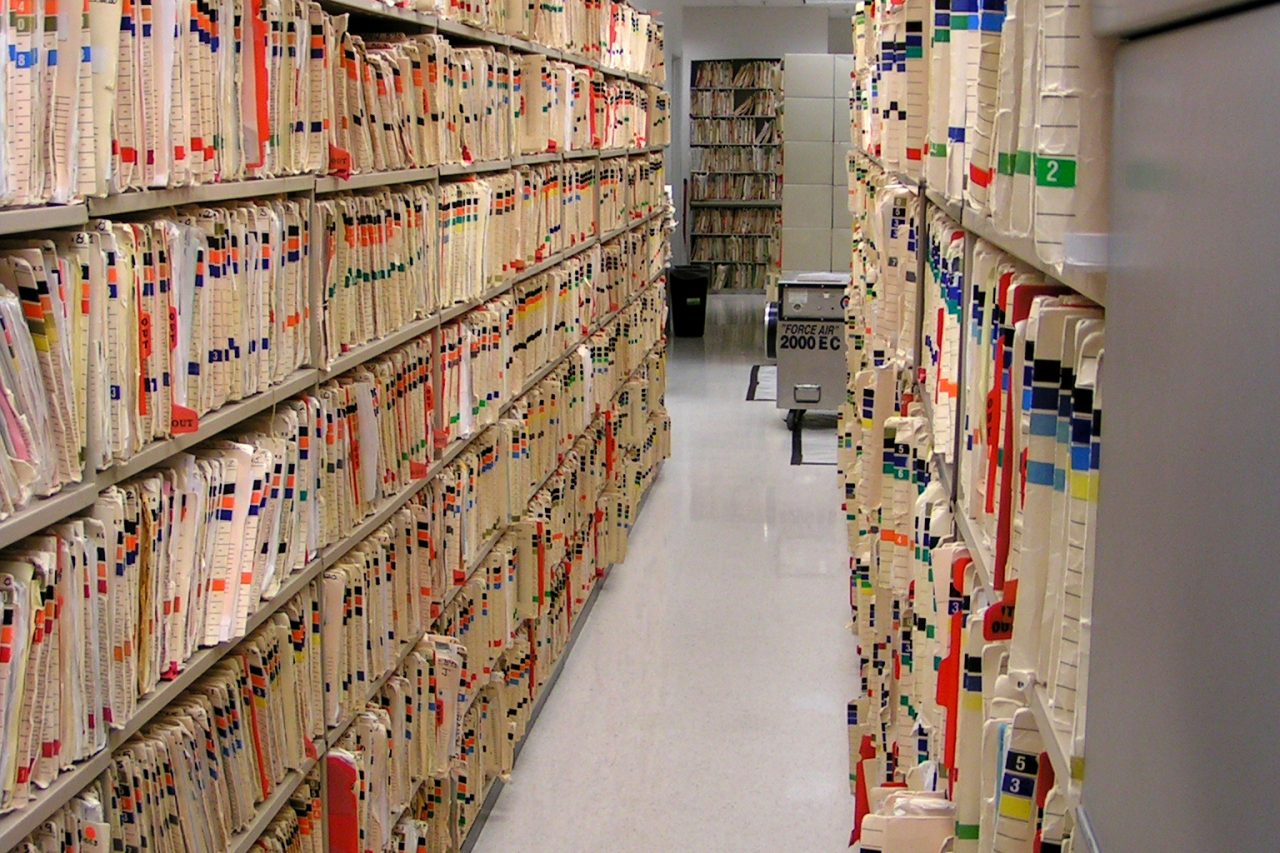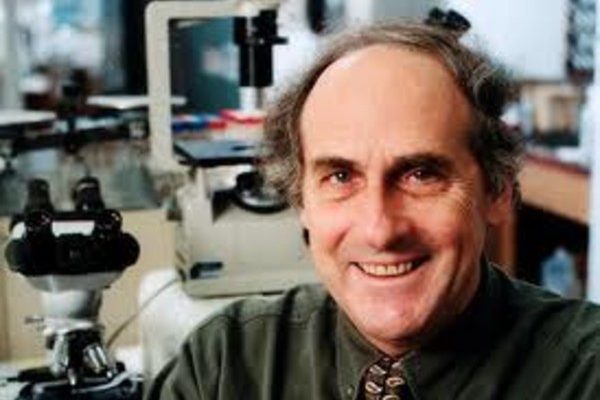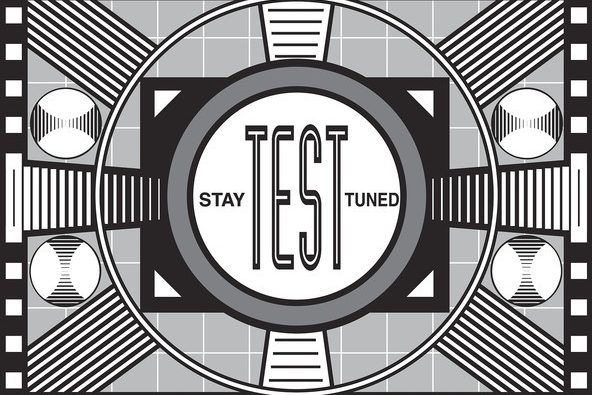It is a heart pounding, head spinning, edge of your seat page-turner; the sort of rare saga that takes your breath away as it changes you, forever. It hints at a radically different future, a completely new world a few years away, which will disrupt the lives of every man, woman and child. Available now, from the National Coordinator for Health Information Technology (ONC), Office of the Secretary, United States Department of Health and Human Services, is finally, without further ado; the Federal Health IT Strategic Plan 2015 – 2020.
You think I am kidding. A satirical dig at another monstrous, useless, governmental report? Absolutely not. The concepts outlined in this blueprint will transform healthcare. It is a tight, clear, document, which at only 28 pages, delivers almost as much change per word as the Declaration of Independence. This may be the most powerful application yet of computerized information technology. If you want to know where healthcare and health IT are headed, The Plan is absolutely worth a read.
I have only one complaint; it is coated with too much sugar. Restricted by policy structure and jargon, the report does not go far enough.
In brief, the Department of Health breaks down the coming years into five sets of IT goals:
1. Achieve universal adoption of Health IT, which includes building confidence in these systems, improving the quality and quantity of software products, and creating a national infrastructure to support their use.
2. Develop local, regional and national interoperability; connect all systems and devices.
3. Improve medical care delivery by using IT to support quality, access, and safety, in order to improve individual, community and population health.
4. Empower individual, family and caregiver involvement in healthcare decisions and control by promoting IT access to records, decision tools and encouraging personal engagement.
5. Through IT, increase the availability, usability, and dissemination of health-data for medical research and to accelerate the implementation of medical breakthroughs.
Health IT will connect everything and everywhere, from the chip in your pacemaker, the scale in your bathroom, your Smartphone Health App, your first tetanus shot, all the way to the machine pumping air in the intensive care unit on your dying day. Medical records will be universally accessible. IT driven research will spot trends, respond to individual and population emergencies, and promote ideal health. We will each have improved control of our medical care with an emphasis on patient safety, quality, and cost, while trying to guarantee privacy.
This is remarkable, powerful stuff, promising great improvements in health. However, when all is said and done, the report has a major flaw. It does not make the truth clear:
Health IT will completely change what it means to be a patient, a hospital, a health system and, above all else, what it means to be a doctor.
Three powerful forces will force health IT to radically transform medicine. The first is the rapid revolution in the capabilities of computer systems. As not only speed and size increase, but also the ability to “compute,” in other words “think”, we will rely more on software intelligence to actually make decisions, not just file and communicate.
Second, the volume of published medical research will continue to expand logarithmically. It is impossible for any doctor to be “state-of-the-art.” Even experts in very narrow fields, fall rapidly behind. In 2015, every medical student on the day they graduate will say, “I am hopelessly out-of-date.”
Finally, the introduction of genomic or Personalized Medicine will require data demands in the care of each patient beyond human capability to comprehend. Medical care based on the millions of choices in each individual patient’s genetic code, will require thousands of decisions for each patient in the course of their life; no doctor will be able to understand, assimilate and apply such complexity during the course of a 10 minute office visit.
These three futures, expansion in computer intelligence, an insurmountable amount of medical knowledge, and the nearly infinite complexity of practicing health care based on the genetic code, mean that being a doctor or a patient will radically transform. The doctor will no longer be the final fountain of health knowledge. The doctor will no longer propose or possibly even make diagnoses. The doctor will no longer design or recommend treatment. For all of these functions, for which we turn to the physician today, we will turn to the Health IT computer.
What will the doctor do? Serve as health manager as well as an input and output device; the vital link between silicon software and carbon wetware. The physician’s role will include not only understanding human beings, but also advanced computer systems.
Doctors will examine the patient, and perform physical functions, such as certain surgeries and procedures, not easily mechanized. Doctors will listen, teach and guide patients and families. They will provide flexibility when disease and patient do not comply with protocols and rules, such as when a diabetic patient with multiple injuries from a car accident has a heart attack and refuses care. Physicians will give social, personal, and emotional support during those horrible times of life when patients are challenged and racked by disease; they will still be that knowing hand on the shoulder at the bedside.
The more computers are in charge of data and diagnosis, the more closely these systems will need to be watched. The potential for glitches in programming to cause harm will be very real, as will the need to “humanize” objective data driven decisions, so that the best IT derived quality recommendations can be applied to real people. Physicians will need to be experts in complex information technology, with a master’s understanding of the strengths and limits of artificial intelligence, just as they have an understanding of human intelligence. As medical schools teach pharmacy, pathology and psychiatry, so they will teach medical informatics.
In turn, patients will obtain much of their medical care without ever seeing a doctor, nurse practitioner and physician’s assistant. Why wait sitting on a hard clinic chair, squirming with a urinary tract infection, if all you need is a culture and an antibiotic? Your Ipad or tablet can do that. Why drive your kid with an earache to the pediatrician, when a device attached to your phone that can take and analyze a picture of the infected drum? Leave work to get your blood pressure medication refilled? Take a chance that your doctor makes a mistake, forgets a test, or prescribes a drug to which you are allergic, when you can get answers and treatment from your laptop?
The Federal IT Plan shows us the next vital steps in the revolution sweeping across healthcare. More than any advance in cancer care, cardiology, immunology or infectious disease, these steps lead to a different world. Will such a world provide better care, with improved results, decreased complications, higher functionality, greater privacy and longer survival? Undoubtedly. Will the metrics show improved quality? Without a doubt.
Will it be a gentle world, a compassionate world, a human world? That is for the future and each of us to decide.







7 Comments